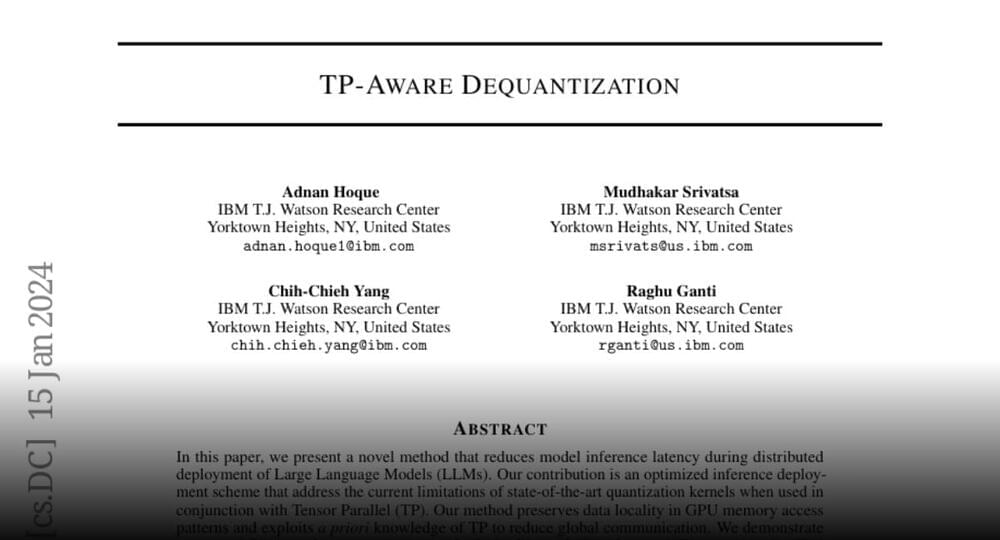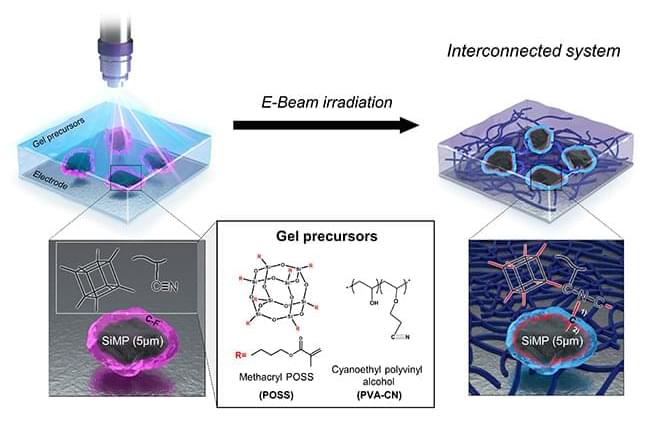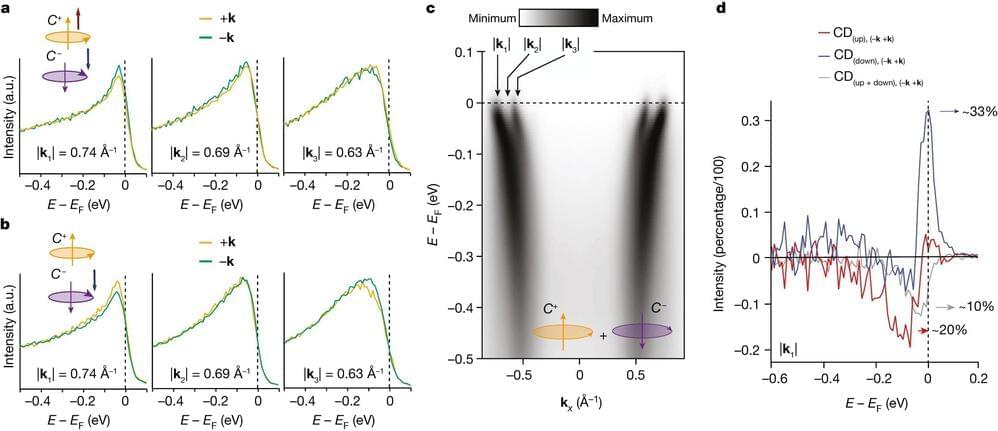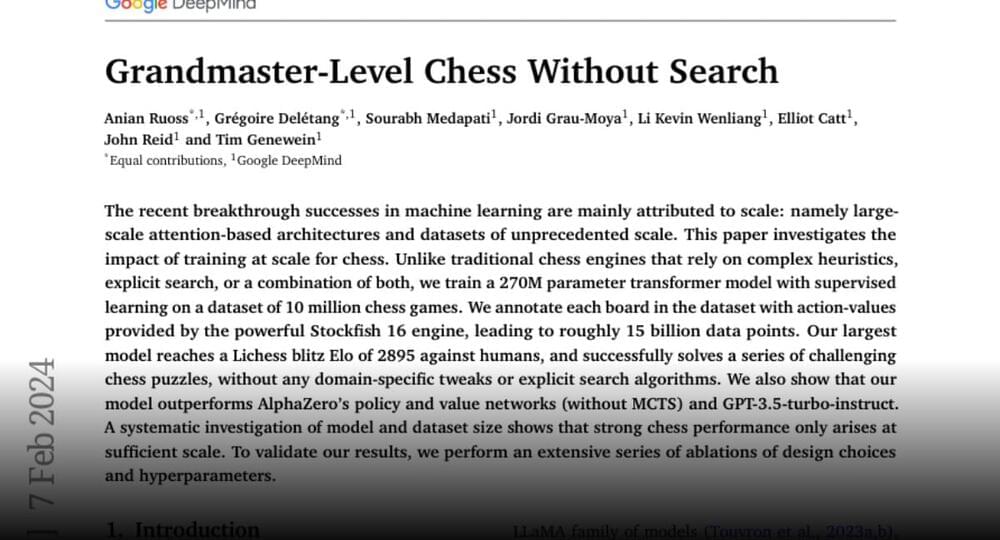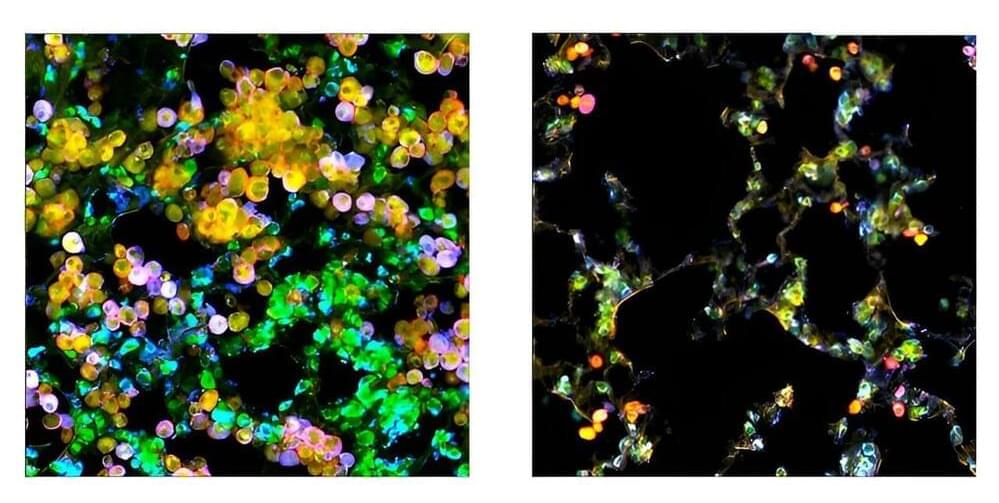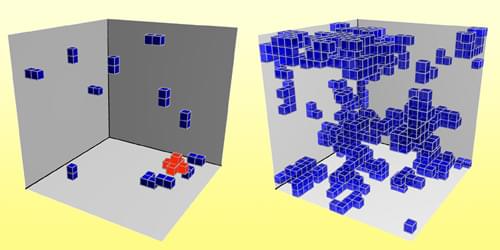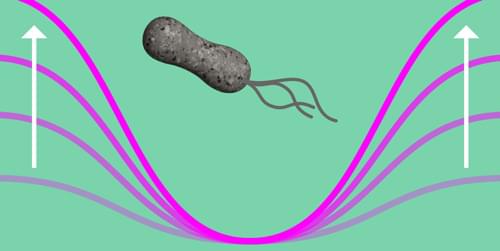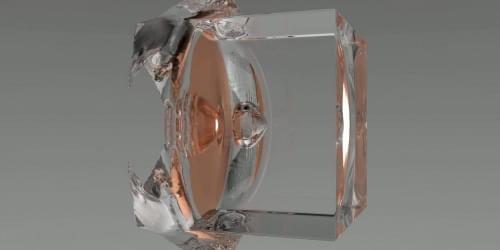Page 559
Feb 8, 2024
EVs that go 1,000 km on a single charge: Gel makes it possible
Posted by Dan Kummer in categories: particle physics, robotics/AI, sustainability, transportation
Futuristic advancements in AI and healthcare stole the limelight at the tech extravaganza Consumer Electronics Show (CES) 2024. However, battery technology is the game-changer at the heart of these innovations, enabling greater power efficiency. Importantly, electric vehicles are where this technology is being applied most intensely. Today’s EVs can travel around 700km on a single charge, while researchers are aiming for a 1,000km battery range.
Researchers are fervently exploring the use of silicon, known for its high storage capacity, as the anode material in lithium-ion batteries for EVs. However, despite its potential, bringing silicon into practical use remains a puzzle that researchers are still working hard to piece together.
Enter Professor Soojin Park, PhD candidate Minjun Je, and Dr. Hye Bin Son from the Department of Chemistry at Pohang University of Science and Technology (POSTECH). They have cracked the code, developing a pocket-friendly and rock-solid next-generation high-energy-density Li-ion battery system using micro silicon particles and gel polymer electrolytes.
Feb 8, 2024
Quantum materials: A new state of matter with chiral properties
Posted by Paul Battista in categories: biotech/medical, quantum physics
An international research group has discovered a new state of matter characterized by the existence of a quantum phenomenon called chiral current. These currents are generated on an atomic scale by a cooperative movement of electrons, unlike conventional magnetic materials whose properties originate from the quantum characteristic of an electron known as spin and their ordering in the crystal.
Chirality is a property of extreme importance in science, for example, it is fundamental also to understand DNA. In the quantum phenomenon discovered, the chirality of the currents was detected by studying the interaction between light and matter, in which a suitably polarized photon can emit an electron from the surface of the material with a well-defined spin state.
The discovery, published in Nature, significantly enriches our knowledge of quantum materials in the search for chiral quantum phases and on the phenomena that occur at the surface of materials.

https://www.youtube.com/watch?v\u003dugdB-0mnE5A
This sound smuch like a deathism vid, but it winds up not being so. In reality to it’s a sports vid talking about the future of football. What is does is express the idea that if we run out of challenges we’ll invent them.
Feb 8, 2024
SpaceX launches billion-dollar environmental research satellite for NASA
Posted by Genevieve Klien in categories: biological, climatology, education, satellites, sustainability
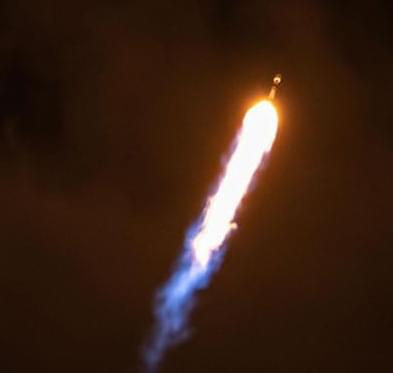
SpaceX launched an environmental research satellite for NASA early Thursday, a nearly $1 billion spacecraft that survived multiple cancellation threats and is now poised to shed new light on climate change and the complex interplay of heat-trapping carbon, aerosols and sea life on global scales.
The Plankton, Aerosol, Cloud, ocean Ecosystem mission — PACE — “will dramatically advance our understanding of the relationship between aerosols and clouds, and the global energy balance,” said Karen St. Germain, director of NASA’s Earth sciences division. “This is one of the biggest sources of uncertainty in our ability to model the climate.”
Continue reading “SpaceX launches billion-dollar environmental research satellite for NASA” »
Feb 8, 2024
How lung cancer hijacks immune cell metabolism to fuel its own growth
Posted by Shubham Ghosh Roy in category: biotech/medical
Lung adenocarcinoma is the most common lung cancer and the cause of most cancer-related deaths in the United States. There are several ways lung adenocarcinoma can arise, one of which is a mutation in a protein called EGFR (epidermal growth factor receptor). Non-mutated EGFR helps cells grow in response to injury, but mutated EGFR promotes out-of-control growth that can turn into cancer.
Modern immunotherapies don’t work against EGFR-driven lung adenocarcinoma, and while some drugs exist to treat the cancer, patients typically develop a resistance to them within just a few years. This gap in the treatment tool chest inspired Salk Institute researchers to probe for weak spots in the cancer’s growth pathway.
The team discovered that EGFR-driven lung adenocarcinoma hijacks a specialized population of lung-resident immune cells called macrophages, which are designed to dispose of diseased and damaged cells, as well as maintain a delicate balance of protective lipids (fats) around lung alveoli, which are essential for breathing.
Feb 8, 2024
Lattice Model Captures Dynamics of the Glass Transition
Posted by Saúl Morales Rodriguéz in categories: materials, particle physics
Scientists have yet to obtain a complete microscopic understanding of how a supercooled liquid behaves as it turns into a glass. Different theories can capture different aspects of the spatial and temporal dynamics of this process, but the assumptions behind these theories are, in some cases, mutually exclusive. Now Yoshihiko Nishikawa at Tohoku University, Japan, and Ludovic Berthier at the University of Montpellier, France, reconcile two competing descriptions of this glass-transition behavior using a recently developed lattice model [1].
A prominent glass-transition theory known as random first-order transition theory holds that a cooling glass-forming liquid adopts a mosaic-like static structure with finite-range order. In this framework, so-called dynamic fluctuations—reorganizations of a material’s particles—occur when boundaries between mosaic “tiles” collectively rearrange. These fluctuations are fundamentally tied to static, region-to-region variations in a material’s structure. A competing theory known as dynamic-facilitation theory contains no assumptions about the system’s static structure or region-to-region variations. This theory postulates that dynamic fluctuations occur via local, small-scale particle rearrangements that trigger a reorganizational chain reaction that then propagates through the material.
For their study, Nishikawa and Berthier used a different theory to probe the glass transition of a supercooled liquid. Their three-dimensional lattice theory exhibits mosaic-like structural variations that are consistent with those from random first-order transition theory. However, the researchers found that the model’s predictions for the dynamic fluctuations more closely resemble those of the dynamic-facilitation framework. Nishikawa says that no current experiments can directly confirm the occurrence of these behaviors in real glass-forming materials. But he hopes to use the three-dimensional lattice model to reproduce some recently observed indirect experimental data.
Feb 8, 2024
Smooth Control of Active Matter
Posted by Saúl Morales Rodriguéz in categories: biotech/medical, materials
A theoretical study finds that the most energy-efficient way to control an active-matter system is to drive it at finite speed—unlike passive-matter systems.
The control of active matter, a class of systems in which each constituent constantly converts energy into directed motion, holds great potential for applications ranging from the targeted delivery of drugs to the creation of smart materials. Using an active-matter system to achieve a particular goal requires that one can efficiently drive it from one state to another. However, active matter’s intrinsic nonequilibrium condition presents a major challenge for theoretical treatments, meaning the most efficient way of driving a system is often difficult to predict. Now Luke Davis at the University of Luxembourg and colleagues have introduced a general framework to determine thermodynamically optimal protocols to drive active systems between different states in a way that minimizes the associated heat dissipation [1].
Feb 8, 2024
Inertial-Confinement Fusion without Lasers
Posted by Saúl Morales Rodriguéz in category: innovation
The recent breakthroughs in laser-based fusion have given a boost to a number of start-up companies—one of which has plans to replace the lasers with a high-speed projectile.
